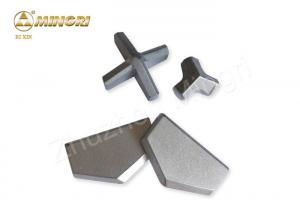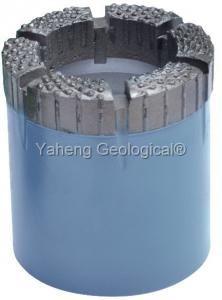
Auger Drill Bits: A Comprehensive Guide
Are you looking to expand your DIY or professional tool collection? Auger drill bits are a versatile and essential tool for any job that requires drilling holes in wood, metal, or plastic. In this detailed guide, we’ll explore the different types, features, and uses of auger drill bits to help you make an informed decision.
Understanding Auger Drill Bits

Auger drill bits are designed with a spiral flute that removes chips from the hole as it drills, making them ideal for larger diameter holes. Unlike twist drill bits, which are used for smaller holes, auger bits are designed to handle the larger material removal required for larger holes.
Auger bits come in various sizes, typically ranging from 1/4 inch to 2 inches in diameter. The larger the diameter, the more material the bit can remove in a single pass, which can significantly speed up your drilling process.
Types of Auger Drill Bits

There are several types of auger drill bits available, each designed for specific applications:
| Type | Description |
|---|---|
| Standard Auger Bits | These are the most common type of auger bits and are suitable for general-purpose drilling in wood and soft materials. |
| Wood Auger Bits | Wood auger bits have a larger flute and are designed for drilling larger holes in wood, with some models specifically designed for hardwoods. |
| Steel Auger Bits | Steel auger bits are designed for drilling holes in metal, with a heat-treated steel body to withstand the high temperatures generated during drilling. |
| Plastic Auger Bits | Plastic auger bits are designed for drilling holes in plastic materials, with a sharp cutting edge to ensure clean, precise holes. |
Features to Consider

When selecting an auger drill bit, there are several features to consider to ensure you choose the right tool for your needs:
- Material: As mentioned above, different materials require different types of auger bits. Choose a bit that is specifically designed for the material you’ll be drilling.
- Size: The size of the auger bit should match the size of the hole you need to drill. Larger bits are better for removing more material, but they may not be suitable for smaller, more precise holes.
- Flute Design: The flute design affects the bit’s ability to remove chips and debris from the hole. A larger flute can remove more material but may be less precise.
- Coating: Some auger bits have a coating that reduces friction and heat, extending the bit’s lifespan and improving performance.
Using Auger Drill Bits
Using auger drill bits is relatively straightforward, but there are a few tips to keep in mind to ensure successful drilling:
- Choose the Right Speed: The speed at which you drill will depend on the material and the size of the bit. Generally, slower speeds are better for harder materials, while faster speeds are suitable for softer materials.
- Use a Pilot Hole: Drilling a pilot hole can help prevent the bit from wandering and ensure a straighter hole.
- Keep the Bit Cool: High temperatures can damage the bit and the material being drilled. Use a coolant or keep the bit moving to dissipate heat.
Conclusion
Auger drill bits are a valuable addition to any tool collection, offering versatility and efficiency for a wide range of drilling applications. By understanding the different types, features, and uses of auger drill bits, you can make an informed decision and choose the right tool for your needs. Happy drilling!




